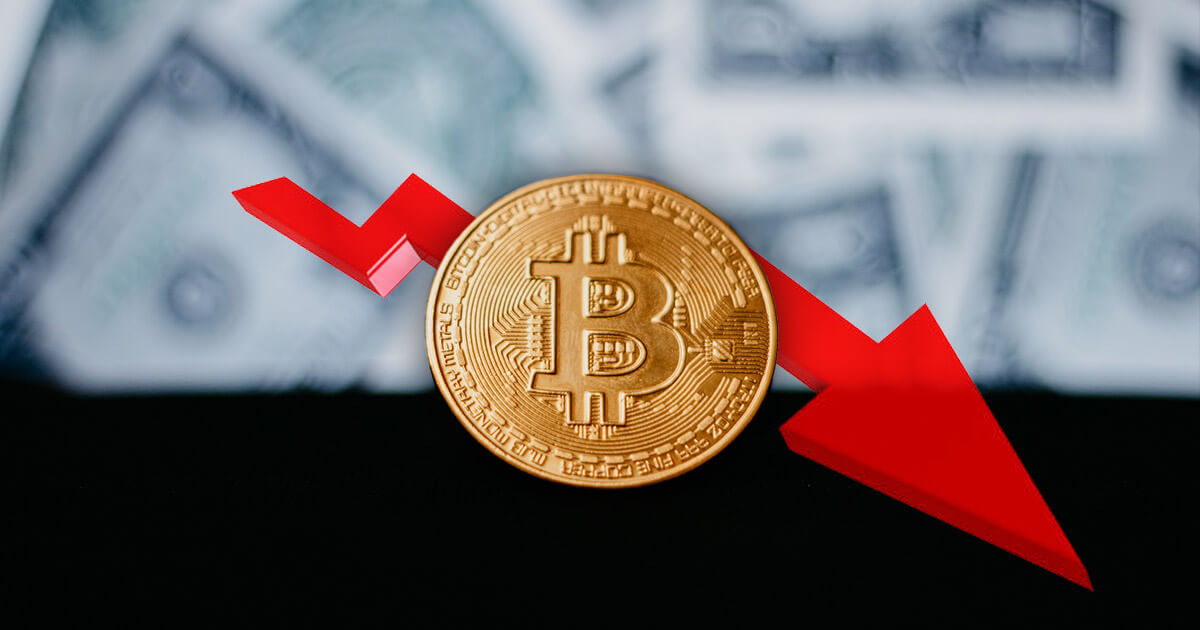As the eagerly anticipated Bitcoin halving draws near, occurring in less than 10 days, Bitcoin, the premier digital currency, has once again soared above the $71,000 mark. This resurgence comes after experiencing a significant drop last week, signaling a potential return to its peak value levels.
With halving right on our doorstep, we feed off the BTC halving price dynamics data, trying to project post-halving price behaviour and see through what halving is all about in the first place.
Pre-halving BTC market
Current trading data from Gate.io reveals that Bitcoin’s price has reached $70,561, marking an increase of 9% within the past 24 hours and an upward trend of 5.5% over the previous week. The cryptocurrency had last seen prices this high on March 14, before it underwent a period of volatility, impacted by factors such as outflows from exchange-traded funds (ETFs), abrupt downturns in cryptocurrency exchanges, and inflationary pressures.
This month had witnessed a 3% decline in Bitcoin’s value following reports that February’s inflation rates in the U.S. exceeded expectations. Furthermore, a rapid price drop occurred last week when the BitMEX cryptocurrency exchange experienced a flash crash, causing Bitcoin’s value to plummet from $67,709 to $62,133.
The beginning of the year marked a significant milestone for Bitcoin, as it basked in the optimism generated by the U.S. Securities and Exchange Commission (SEC) sanctioning the inaugural spot Bitcoin ETFs. This development has propelled Bitcoin back over the $70,000 threshold, igniting a wave of investor enthusiasm, though it still lags 4.7% behind its record high of $73,737, recorded on March 14.
The halving of Bitcoin, a pivotal event that occurs approximately every four years, halves the rewards given to miners of the cryptocurrency. This event is widely anticipated to potentially double or even quadruple Bitcoin’s value, as it has in the past.
One of the prominent analysts in the industry, expressed his insights, noting the undeniable impact of the spot ETFs’ announcement on Bitcoin’s demand. He emphasized the importance of observing Bitcoin’s trajectory moving forward.
Despite the current optimistic market sentiment towards Bitcoin, experts urge investors to proceed with caution, particularly when considering the cryptocurrency’s performance following previous halvings.
The trader further highlighted the importance of cautious optimism, pointing out that promotional materials from institutional sources always remind readers that historical performance is not a reliable indicator of future results. This cautionary stance underscores the company’s approach to market engagement.
In concert with Bitcoin’s rise, other major cryptocurrencies are also experiencing notable gains. Ethereum has seen an increase of nearly 9% to $3,630, while Solana has surged almost 13%, reaching a price just over $180.
What is BTC halving?
Bitcoin halving is a pivotal event built into the very fabric of the Bitcoin protocol that occurs approximately every four years, or more precisely, every 210,000 blocks. This event is a critical component of Bitcoin’s economic model and its approach to inflation, playing a fundamental role in the cryptocurrency’s scarcity and value proposition.
The halving process reduces the reward that miners receive for validating transactions and adding them to the blockchain by 50%. When Bitcoin was first launched in 2009, the reward for mining a block was 50 bitcoins. Since then, there have been several halvings: the first halving in 2012 reduced the reward to 25 bitcoins, the second in 2016 to 12.5 bitcoins, and the most recent in 2020 cut the reward to 6.25 bitcoins. The next halving, continuing this trend, will further decrease the reward, making bitcoins more scarce.
The purpose of halving is twofold. Firstly, it mimics the extraction of precious metals like gold, where over time, mining becomes more difficult and less rewarding, thus limiting the supply. This built-in scarcity is a deliberate design to counteract inflation and to help ensure that Bitcoin’s value holds over time, in stark contrast to traditional fiat currencies, which can be printed in unlimited quantities by governments. Secondly, the halving event is seen as a milestone that can have a significant psychological effect on the market, often leading to increased public interest, speculation, and investment in Bitcoin.
The implications of Bitcoin halving extend beyond just the miners. For investors and the broader cryptocurrency market, halving events have historically led to increased volatility, with price surges and corrections as market participants try to anticipate the impact of decreased supply on Bitcoin’s value. While past performance is not indicative of future results, these events are closely watched as they offer insights into the supply-demand dynamics and potential long-term value trajectory of Bitcoin.
Credit: Source link




















